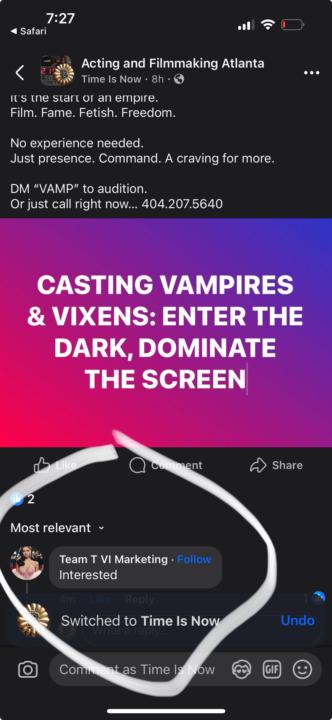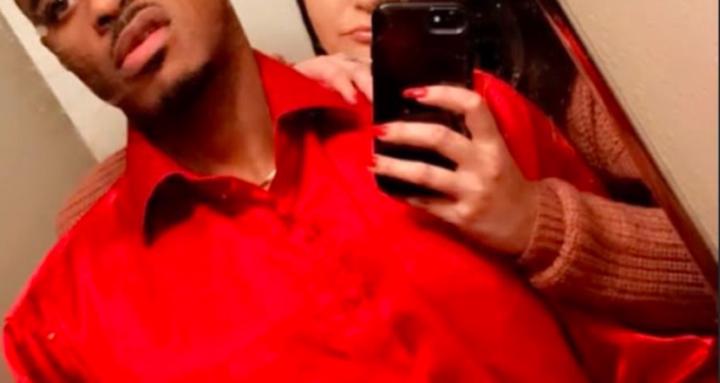Magick
The history of magick The history of "magick" isn't a single discovery but an evolution of belief systems and practices that span millennia, from the earliest shamanic rituals in prehistoric societies to complex ritual systems in ancient civilizations, and modern interpretations influenced by figures like Aleister Crowley. Early "discovery" involved a desire to understand and manipulate natural phenomena, with magic often intertwined with religion, medicine, and early forms of science like alchemy. The Western concept of magic took shape in Judeo-Christian and Greco-Roman traditions, evolving through the medieval and Renaissance periods and eventually leading to the distinct separation from science with the Scientific Revolution. Prehistoric and Ancient Beginnings - Primal Practices: - Early Civilizations: Medieval and Renaissance Developments - Grimoires: - Witch Hunts: - Separation from Science:
1
0
Vampin
You are a weaver, a maker, a creator of your own spells that will create your own destiny Within your own life time. Yee are GODs!!!!! Children of the most high, The supreme Elohim Made in his very image on this very day. Use that knowledge and faith to guide your way For life. And for your life.
1
0
Vampin
Remember magick is desire made real. Know your desires. Make your desires known. Go after that one desire in cold blood. Never stop. Never give up.
1
0
Vampire secrets
It’s this easy for me to get women enthralled And I do this every week They apply Then they come audition with me personally And I got her.
1
0

Vampire life
How the romance got into the vampire life The portrayal of vampires in cinema has undergone a significant transformation since the early 20th century. Initially depicted as monstrous and terrifying creatures, vampires have evolved into more complex and often romanticized figures. In the 1922 silent film “Nosferatu,” directed by F.W. Murnau, the vampire Count Orlok is presented as a grotesque and horrifying entity, embodying the fears and superstitions of the time. This portrayal emphasized the vampire as a repulsive and malevolent force. However, with Bela Lugosi’s iconic performance in Universal’s 1931 “Dracula,” the vampire began to take on a more sophisticated and alluring persona. Lugosi’s Dracula was characterized by a suave demeanor and a hypnotic charm, introducing an element of aristocratic elegance to the vampire’s image. This trend continued with Christopher Lee’s portrayal in Hammer Films’ “Dracula” series, starting in 1958. Lee’s Dracula was both charismatic and menacing, further cementing the image of the vampire as a seductive yet dangerous figure. In subsequent decades, the evolution of vampire portrayals expanded to include more nuanced and humanized characteristics. Films like “Interview with the Vampire” (1994) explored the existential and emotional complexities of immortal life, presenting vampires as introspective and morally ambiguous beings. The early depictions of vampires as monstrous entities were rooted in folklore and societal fears of the unknown. Over time, as cultural perceptions shifted, filmmakers began to explore the vampire’s potential as a symbol of forbidden desire, immortality, and the human condition. This led to portrayals of vampires as handsome, gentleman-like, and debonair figures, reflecting changing societal attitudes towards themes of sexuality, power, and identity. For a more in-depth exploration of Bela Lugosi’s impact on vampire cinema and the evolution of the vampire archetype, you might find the documentary “The Real Dracula” insightful.
1
0
1-9 of 9

skool.com/the-darkgift-vampire-lifestyle-3580
I will teach you to vamp to go out & get fans who will do anything to get next to you. Build fanatics
You’ll learn romance
You’ll learn character bldg
Powered by

